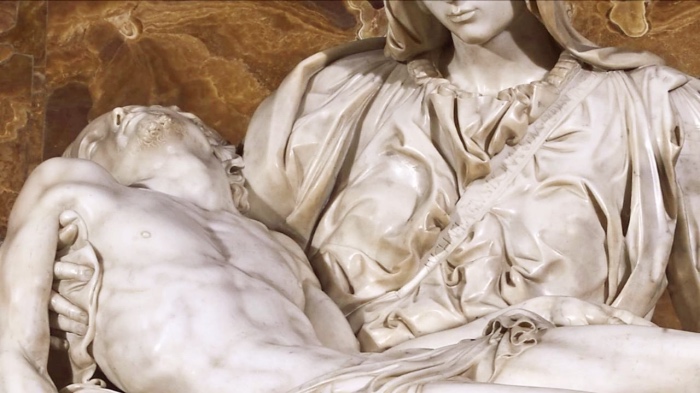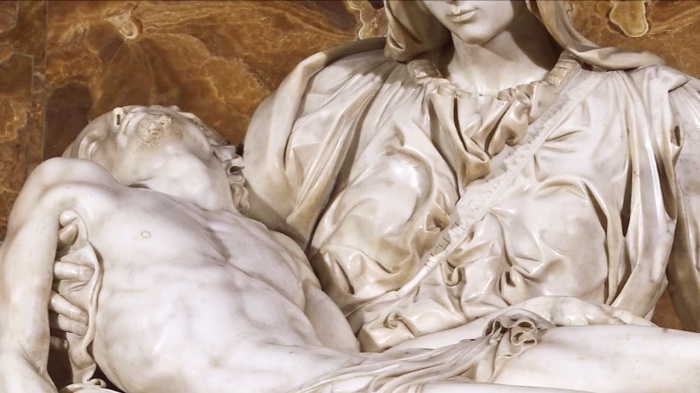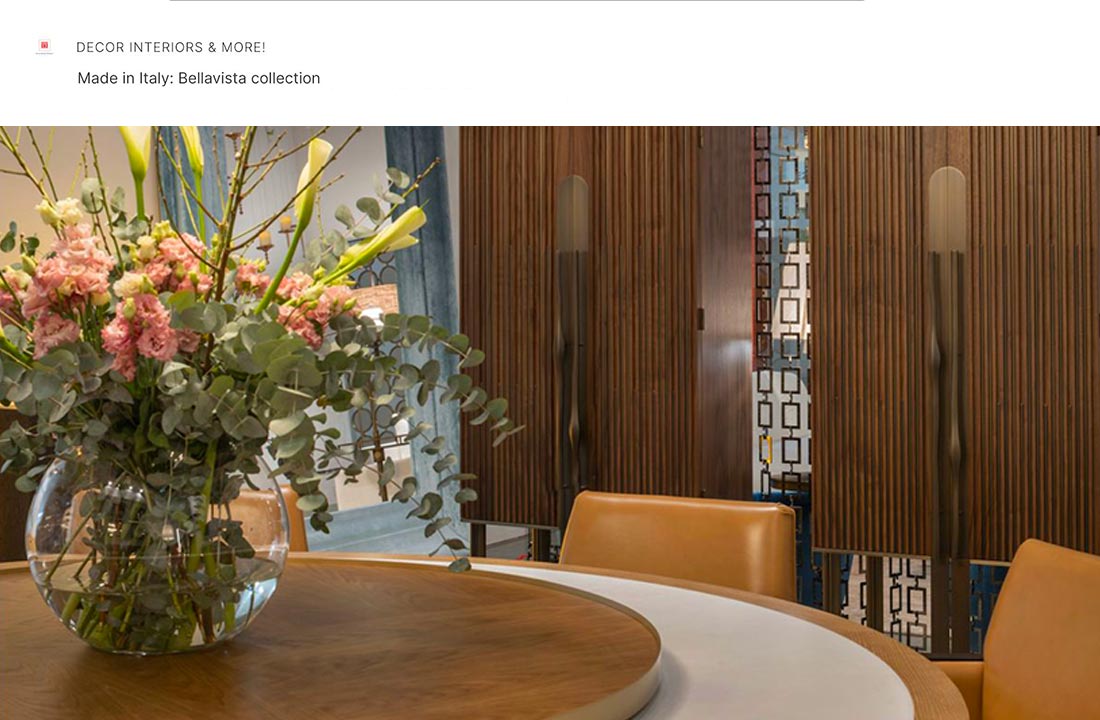Italy can boast of numerous places with breathtaking views. Alpi Apuane, or the Apuan Alps, is just one of the many. This mountain range in northern Tuscany is relatively small – about 55 kilometers (34 miles) long in total – but it offers lots of tourist destinations.
For example, the historic city of Carrara has plenty to show. Founded in 1235, it has a cathedral that dates back to the XII century, the palace of the XVI century that now houses the Academy of Fine Arts. Also, the city can boast of an academy of sculpture, as well as a museum of sculpture and antiquities. There is a good reason for such a focus on sculpture: Carrara has long been known as the Italian capital of marble, thanks to the rich deposits of the finest marble near the city.
Marble quarries
When looking through the windows of their tour buses, people who enjoy magnificent landscapes near Carrara may wonder how come the mountains are white. They definitely can’t be covered with snow, especially in summer: the highest peak in Apuan Alps – Monte Pisano – is only 1,946 meters (6,385 feet) high…
And they are right: it isn’t snow – it’s a marble. The world-famous Carrara marble varies in color from pure white to a bit blueish-gray. It has been quarried here for about two millennia.
Known Since Ancient Rome
Scientists say that the very name ‘Carrara’ is likely to come from the Celtic or Ligurian ‘kar’ meaning ‘stone’, which later turned into Latin ‘carrariae’ – ‘quarries’.
Carrara marble has been highly valued since ancient times. To begin with, it’s the very material the Pantheon in Rome was built of, not to mention lots of other luxurious Roman buildings of those times.
Many ancient sculptures also were carved out of Carrara marble, particularly of its kind called Statuario. The name is pretty self-explanatory: all-white and homogenous, this stone is considered to be the best material for sculptures.
Famous sculptures from the Renaissance often chose Carrara marble for their masterpieces. The brilliant works by Michelangelo Buonarroti come to mind first. The excellence of his David, Moses, Pietà (the Pity), and many other works hasn’t been surpassed yet – and probably will never be.
Letting Them Free from the Stone: Statues by Michelangelo
Created centuries ago, Michelangelo’s sculptures still inspire awe, so realistic they look.
Michelangelo was a genius of a sculptor: in his mind, he envisioned the character he was depicting, incarcerated inside a slab of marble. He wasn’t actually carving the stone: he was releasing the human figure from captivity by taking the excess material away.
That is why choosing the right piece of marble was of critical importance for Michelangelo.
It was difficult to find marble of really top quality in Florence and Rome these days – the maestro sculptor had a few terrible experiences when he had bought a stone in Florence. So, he preferred picking the right slabs of marble directly from the quarries.
It was a tricky task those days, though. Traveling on a horseback or in a carriage took a long time, it was tiring and far from comfortable. Marble slabs were extremely heavy, which made their transportation difficult indeed – the sculptor lived centuries before cranes and trucks…
Nevertheless, Michelangelo went for it to get hold of the very best slabs of marble.
In the autumn of 1497, the 22-year-old sculptor visited Carrara for the first time, in search of material for his future masterpiece Pietà, ordered by Jean de Bilhères-Lagraulas, the French cardinal. Although the marble was ready for transportation in February, the stone reached Rome only in summer. In August 1498, Michelangelo signed the contract with the Cardinal and started working on what now is considered one of the most admired statues in the world. Pietà (which stands for ‘pity’ or ‘compassion’) was carved from a single piece of Carrara marble. It depicts Jesus after the crucifixion, lying on his mother Mary’s lap.
You can now see this sculpture in Vatican’s St. Peter’s Basilica. Interestingly, if you look closely at the sash of Mary’s chest, you’ll notice Michelangelo’s signature across it. Pietà is the only work the sculpturer has ever signed.
When the masterpiece was finished, Michelangelo was already 25 years old – so time-consuming this work is.
The 17-feet-tall statue of biblical David is one more world-famous work by Michelangelo, who worked on it between 1501 and 1504. You’ll never tell that this impressive marble figure was carved out of… a cast-off piece of stone!
This tall, slender marble block, dubbed “the Giant”, had been abandoned for more than 40 years after being quarried near Carrara. Michelangelo, who had always been extremely choosy when it came to the stone, picked the slab – and created his ‘David’, which later became a symbol of protecting the civil liberties in the Republic of Florence. Now, this statue proudly stands in the art museum named Galleria dell’Accademia di Firenze (Gallery of the Academy of Florence).
During his career as a sculptor, Michelangelo stayed at Carrara many times when he visited marble quarries nearby. One of the houses in Cathedral square (Piazza del Duomo in Italian) where he once lived, now bears his bust and a plaque.
Holding up Age-Old Traditions
XXI-century Carrara remains the center of marble mining and at the same time a tourist attraction. Thousands of people visit the most famous Italian marble quarries every year, and countless marble slabs are supplied from Carrara to modern artisans.
Gone are the times of monumental marble statues; however, this stone still is in great demand among connoisseurs, who understand the splendor of this material.
High-end furniture manufacturers use Carrara marble to create very special pieces – look, for example, at Italian luxury furniture from Bellavista Collection. The natural beauty of a stone is timeless; it will never go out of vogue, and neither will excellent design. Modern craftspeople in stone processing workshops strive for perfection no less than their predecessors did; they work with precious Carrara marble with the same care as the famous sculptor from the Renaissance did long ago.





